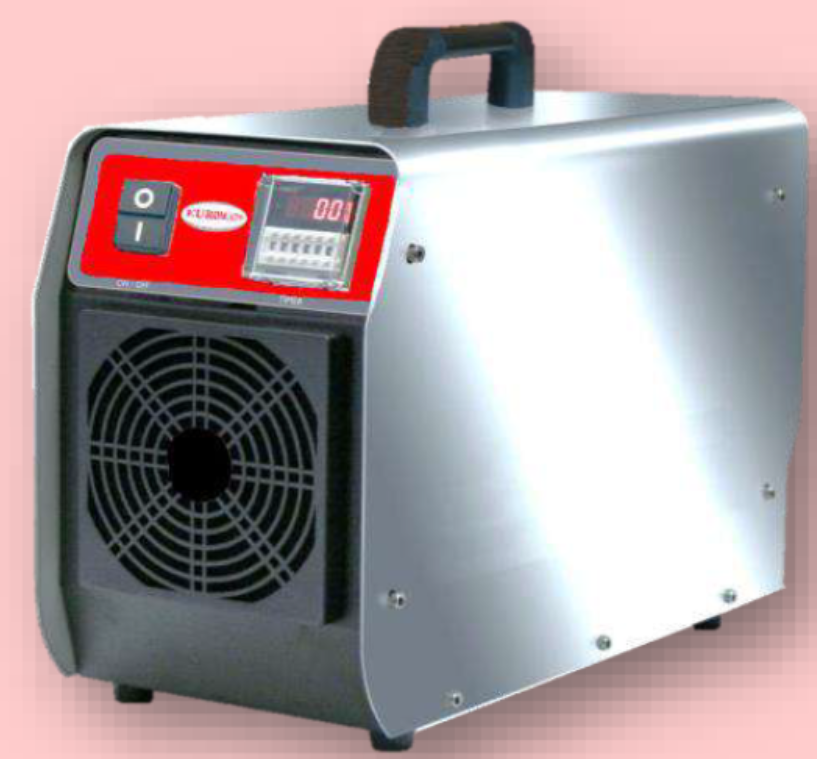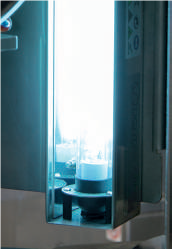Sterilization
Sterilization refers to any process that removes, kills, or deactivates all forms of life (in particular referring to microorganisms such as fungi, bacteria, spores, unicellular eukaryotic organisms such as Plasmodium, etc.) and other biological agents like prions present in a specific surface, object or fluid, for example food or biological culture media.[1][2] Sterilization can be achieved through various means, including heat, chemicals, irradiation, high pressure, and filtration. Sterilization is distinct from disinfection, sanitization, and pasteurization, in that those methods reduce rather than eliminate all forms of life and biological agents present. After sterilization, an object is referred to as being sterile or aseptic. (https://en.wikipedia.org/wiki/Sterilization_(microbiology))
System for sterization materials
Sanitizing or Sterilization with ozone is recommended for restaurants, pizzerias, trattorias, pubs, wine houses, dining halls and all professional food service in general.
Ozone is recommended to sanitize surfaces, walls, pieces of furniture, object and fabric, such as carpets, curtains, pillows, couches.
In the kitchen and in the pantry ozone reduces the risk of bacterial contamination of foods and facilitates the food conservation, because it blocks the proliferation of bacteria and molds, slowing down the food deterioration.

In aseptic packaging systems, packaging materials are sterilized by various methods in order to kill microorganisms contained in the packages during forming and transport through the machine prior to filling. Experimental data as well as theoretical results from several years of research in the area of sterilization methods for effective inactivation of microorganisms on surfaces of aseptic packaging materials are compiled and presented in order to choose the right method of sterilization by the food processing industry for a successful operation. Hydrogen peroxide, with concentrations up to 30%, temperatures of up to 80°C and contact times up to 15 s, with or without wetting agent, has been found to be successful for inline aseptic packaging. The final product must not contain greater than 0.5 ppm H2O2. Economic considerations and non-uniform dose delivery to pre-formed containers inhibit commercial adoption of ionizing radiation sterilization in-line with aseptic packaging systems.


